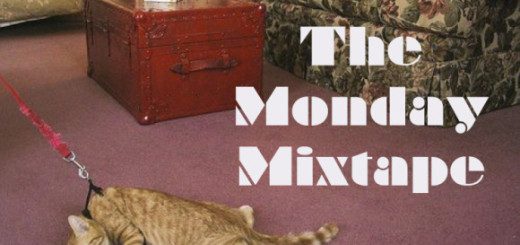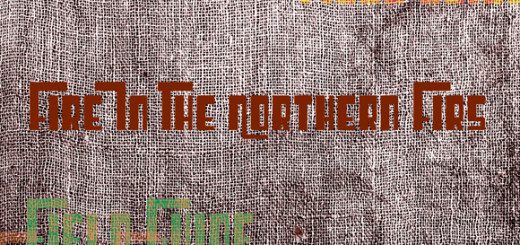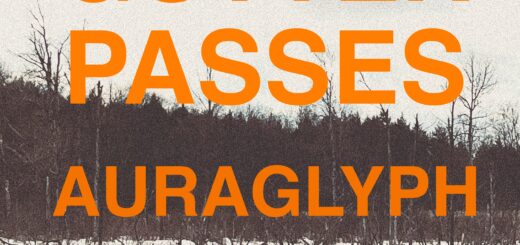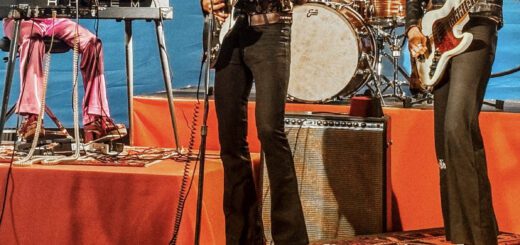Aby Wolf – Drama Queen
Alpha Centauri – Boys And Girls
Awesome Snakes – Fist Fight
Battle Royale – The Racecar
The Blind Shake – Blue Step
The Blind Shake/Michael Yonkers – Carbohydrates Hydrocarbons
Brute Heart – Scritch Scratch
Cloud Cult – Lucky Today
Crescent Moon is in Big Trouble – Hunting Season
Dada Trash Collage – Rain War
Dante & the Lobster – Marine Life
Dark Dark Dark – The Hand
Dessa – The Bullpen
Dosh – Number 41
EG Bailey – Afrikan American (M.anifest Remix)
Haunted House – Oriental Rugs
Heiruspecs – Pay To Play
His Mischief – Freaks Up Front
Mason Jennings – Be Here Now
Mercer – Humming
Meredith Fierke – Stellar
Mike Dreams – Flight Dream Melody (feat. Margeaux Davis)
Mike Mictlan and Lazerbeak – L.A. Raiders Hat
Minor Kingdom – Choir of the Lillies
Omaur Bliss – Surgeon General
Paragraphs – There’s Still Time, Peapod
The Parlour Suite – Navy Queen
The Plastic Constellations – Perched on a Porch
Private Dancer – I See Trouble
Red Pens – Phase You Out
Retribution Gospel Choir – Workin’ Hard
Skoal Kodiak – Good Night Malas
Solid Gold – Danger Zone
The Soviettes – Bottom’s Up, Bottomed Out
The Soviettes – Multiply And Divide
The Starfolk – Wake Up Machine
Toki Wright – Focus
Typsy Panthre – All Fall Down
Vampire Hands – Invisible Stars
Velvet Davenport – Run
Yeltzi – Cigarette Lullaby
Zoo Animal – My Lord
PROTECTING SEA TURTLES
US Fed News Service, Including US State News July 14, 2006 Navy Region Hawaii issued the following news release:
By Terri KojimaNavy Region Hawai’i Public Affairs Pacific Missile Range Facility (PMRF) installed three new signs near Kauai’s Nohili Ditch to increase awareness and protect an area where threatened green sea turtles are known to bask in the sun.
The signs, which warn people not to enter a limited area of the beach, are strategically posted on the north, south and front approaches to the turtles’ habitat. PMRF and Navy Region Hawai’i environmental program leaders, who are constantly working to safeguard the environment, worked with Naval Facilities Engineering Command Pacific (NAVFACPAC) to design and manufacture the signs.
“PMRF is the site of the world’s largest instrumented, multi-environment range and concurrently, some areas of the base needs to be preserved to help protect endangered and threatened species and their habitat,” said Capt. Mark Darrah, the installation’s commanding officer. “We are serious about protecting our environment and sometimes it means we need to keep people out of certain areas,” explained Darrah.
The signs, which include a graphic presentation of a noted instance of seven green sea turtles hauling up at the outfall of Nohili Ditch, were well received. go to web site green sea turtle
“The Navy is doing a great job of educating folks,” said Dawn Greenlee, a biologist with the U.S. Fish and Wildlife Service, who had high praise for the new signs. “The Navy does good work – it’s [sign] beautiful!” Greenlee expressed a desire for other beaches where sea turtles bask to follow the Navy’s example at PMRF.
In Hawai’i, the green sea turtle is listed as a threatened species and protected by federal and state environmental laws. While there have been sightings of these quiet reptiles in various areas on the PMRF beach front, the turtles appear to have found a preferred spot on base.
“They (green sea turtles) frequently haul out at the Nohili Ditch outfall when it is flowing,” said John Burger, who coordinates PMRF’s environmental program. “The turtles feed on attached algae or seaweed adjacent to the outfall.” Vanessa Pepi, who conducted in-depth studies on the behavior patterns of the green sea turtle as a biologist with the U.S. Fish and Wildlife Service, described some behavior patterns observed of the turtles at Nohili Ditch.
“Sometimes turtles crawl up and around the beach without digging, which is called a “false crawl,” said Pepi, who is a fish and wildlife biologist at NAVFACPAC. “False crawls also include basking, a non-nesting behavior that is thought turtles may do to digest food quicker and/or to avoid predators.” Known locally in Hawai’i as “honu,” green sea turtles get their name from the color of their body fat, which is green from the algae or limu (seaweed) that they eat. They are cold-blooded reptiles whose ancestors evolved on land and entered the sea to live millions of years ago.
According to Pepi, the majority of honu forage around the main Hawaiian Islands and at least 90 percent migrate up to French Frigate Shoals, Hawaiian Islands National Wildlife Refuge to nest.
By limiting human access to and disturbance of some remote areas, the Navy in Hawai’i hopes to see threatened wildlife like the green sea turtle thrive. The signs at Nohili Ditch are communicating that message.
Turtle Tips In most parts of the world, sea turtles are shy, elusive creatures. This can probably be partly attributed to a long history of humans hunting them. In Hawai’i, however, this has been changing for several years now and it’s not uncommon for divers and snorkelers to encounter the threatened creatures in Hawaiian waters.
Today, green sea turtles venture onto various Oahu and outer island shores to bask as they become more and more accustomed to seeing humans who won’t harm them. “Overall, the green turtle population in Hawai’i is recovering quite well,” said Cody Hooven, a marine turtle specialist at National Oceanic Atmospheric Administration’s (NOAA) Pacific Islands Fisheries Science Center. “As people may have noticed it is pretty easy to go to the beach and see one,” he added.
Islanders say the best place in the world to see marine turtles up close is at Laniakea Beach on Oahu’s North Shore. Also known as “honu” in Hawai’i, the green sea turtles will allow people to swim and snorkel in the water with them. But it’s important to remember that the turtles are a threatened species protected by state and federal law and it is illegal to disturb them. here green sea turtle
Although the honu are mostly timid, they have been known to snap or nip people who have ventured too close. Therefore, experts such as Hooven, who study and handle green sea turtles under NOAA’s Marine Turtle Research Program in the Pacific, ask for everyone’s cooperation in respecting the honu.
Hooven provided the following guidelines from NOAA to enjoy the magnificent creatures in a responsible way.
* Never feed or try to feed the honu – they may will become aggressive and bite people in the water.
* While snorkeling or swimming, try to give the honu 10 feet of space and do not block the path of a surfacing sea turtle.
* Observe the honu from a distance – do not crowd, chase or tease them.
* Do not handle or touch the honu.
* Never ever ride on or sit on a honu.
* Always keep your pet(s) on a leash and away from areas frequented by the honu.
* Lend a hand with trash removal – trash on the beach becomes trash in the water and can be confused with food by some marine life.
Individuals who are interested in helping out the “honu” may visit www.turtles.org/laniakea.htm for information on volunteering in the “Show Turtles Aloha” training.
Visited 1 times, 1 visit(s) today









Thanks!